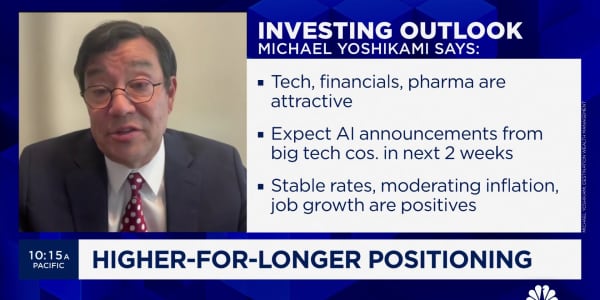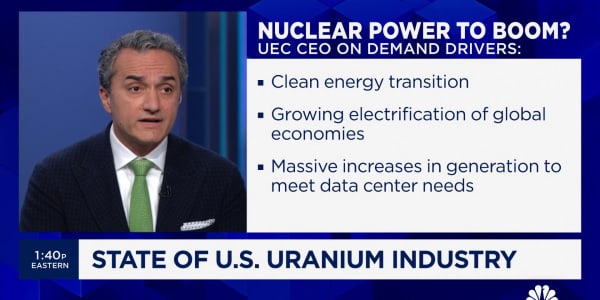
The rising price of stocks and bonds last year helped push pensions closer to full funding. But corporate and public plans remain well short of having enough money to pay out what they've promised to retirees.
The ratio of pension assets to liabilities, or funding ratio, for 131 state-sponsored defined benefit retirement systems was an estimated 80 percent as of June 30, up from 74 percent for the 2013 fiscal year, according to new data from Wilshire Consulting, the investment advisory business of Wilshire Associates. Put another way, 87 percent of the 92 state retirement systems that reported data for the 2014 fiscal year are underfunded.
"Global stock markets rallied strongly over the twelve months ended June 30, 2014, augmenting the positive performance of global fixed income and allowing pension asset growth to outdistance the growth in pension liabilities over fiscal 2014," Wilshire researcher Russ Walker said in a statement.

Read More Private pension fund levels fall behind
But the new figures showing higher funding levels aren't cause for celebration, as public plan funding is still well short of highs before the financial crisis.
They were 95 percent funded as of fiscal year-end 2007, according to Wilshire data, but fell as low as 64 percent by fiscal year-end 2009. The year-end 2014 data is based on reporting from 92 plans (not all 131 have released data, hence the large drop in the dollar values from 2013 to 2014).
The cost of keeping past promises to retirees has increased because of lower interest rates (which hurt yields on bonds the plans hold) and longer life expectancy (which means pensions have to write more checks than expected).
The average public pension has 27.9 percent in U.S. equities, 21 percent in international equities, 21.4 percent in U.S. fixed income, 10.1 percent in private equity and 7.2 percent in real estate, according to Wilshire.
Wilshire uses an estimated average annual return of about 6 percent over 10 years, slightly below the median assumption of 7.65 percent.
Read More
American corporate pension plans are also underfunded.
The aggregate funded ratio for plans of the 500 largest public companies was 77.2 percent as of February, according to separate Wilshire data. That's up from 73.3 percent in January, but down from 87.1 percent a year ago. It's also far less than the surplus of 108 percent they enjoyed at the end of 2007.
The recent funding level increase came from positive returns for stocks and other assets as well as rising corporate bond yields, which decreased liability assumptions, or the amount promised to retirees, according to Wilshire.
The investment advisory firm gets the figures by assuming corporate plans have a 33 percent allocation to U.S. equity, 22 percent to international equity, 43 percent to fixed income and 2 percent to real estate.
While funding levels are a topic of concern, many companies have pared back such defined-benefit plans—the ones that write retirees checks every month—in favor of so-called defined contribution plans that let employees invest for their own retirement, often with 401(k)s and contributions from the employer.






